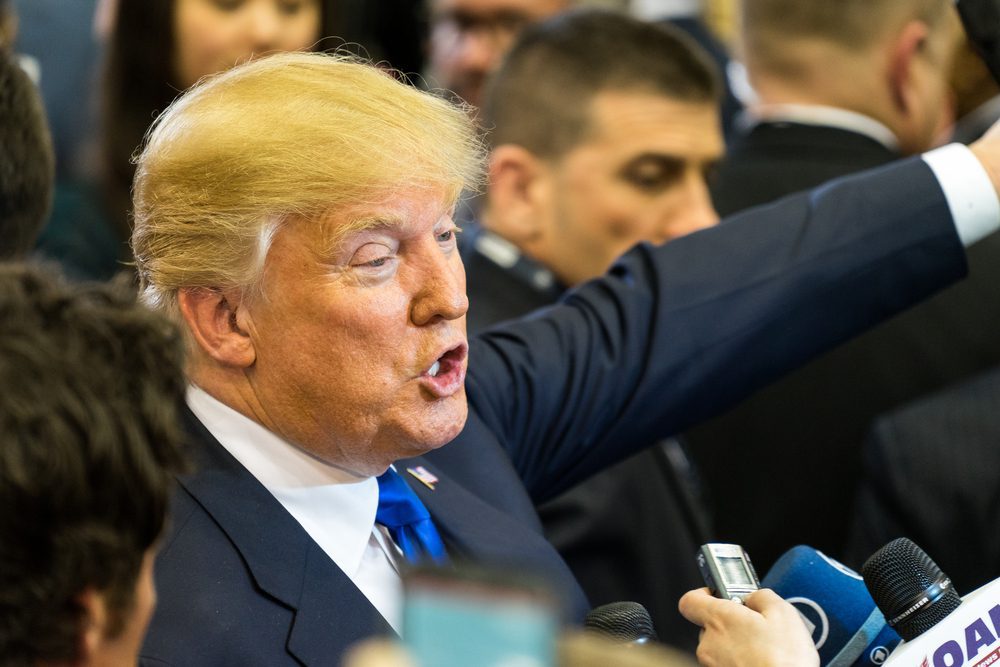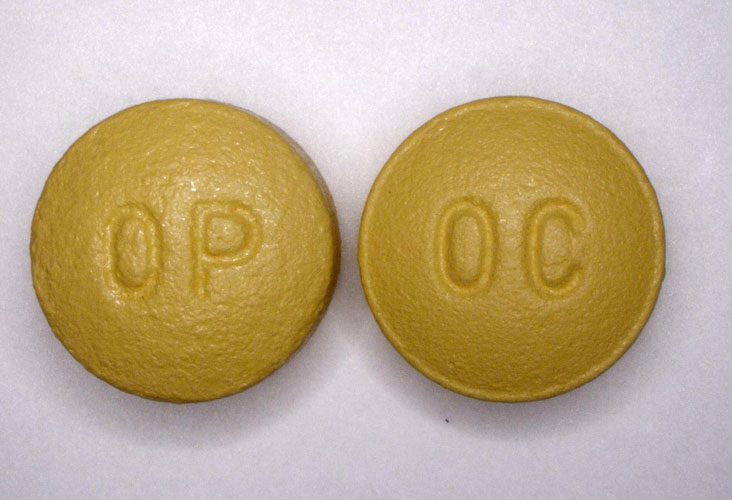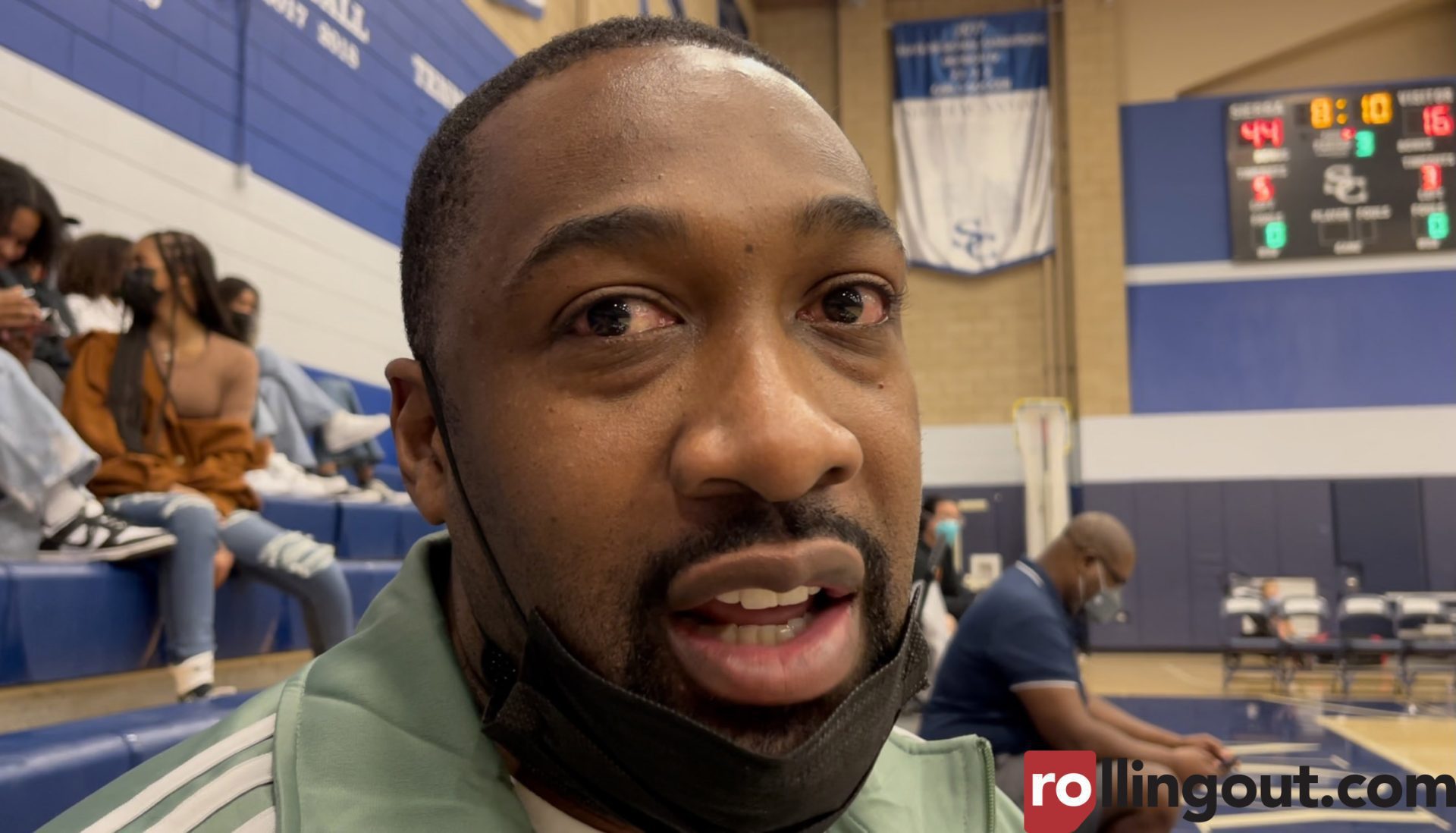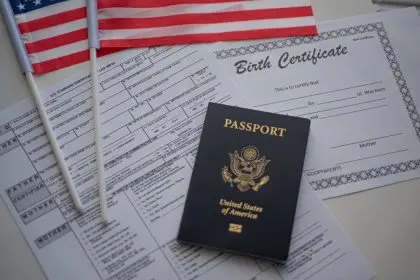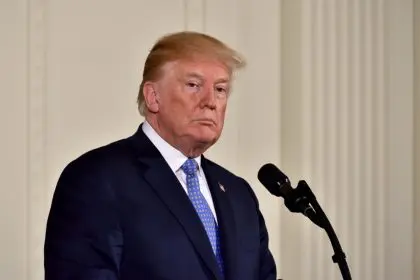
The untimely death of music icon Prince is back in the news after new revelations have emerged about the singer’s drug stash. Prince, 57, was found dead in an elevator at his Paisley Park estate on April 21, 2016. It was revealed he was seeking to enter drug rehab for an addiction to prescription painkillers. Autopsy results showed that Prince weighed only 112 lbs., and had deadly levels of the prescription painkiller fentanyl in his system, which was determined to be the cause of his death. During the investigation of his death, law enforcement authorities found multiple bottles of painkillers in his home. According to multiple sources, some of these bottles were labeled Vitamin C and Aleve and contained pills imprinted with “Watson 385.” These pills were counterfeit hydrocodone and found to actually contain fentanyl, lidocaine and U-4770. Fentanyl is 50 times stronger than heroin and 100 times stronger than morphine and is usually given to patients suffering from chronic illness such as cancer.
Blood tests done prior to Prince’s death did not reveal the presence of Fentanyl in his system and authorities believe he had just started taking the drug. A week prior to his death after his last concert in Atlanta, he was rushed to a hospital after his private plane made an emergency landing in Illinois. It was reported that he was given a dose of the drug “Narcan” to treat an opioid overdose.
Authorities are now saying that Prince may have taken the counterfeit drug prior to his death not knowing that he was actually ingesting Fentanyl. A former drug dealer, identified with the pseudonym “Doctor D” claims that he regularly supplied Prince with painkillers between 1984 and 2008. These drugs included Fentanyl patches that according to Doctor D, “He would wear the patch as well as taking the Dilaudid – so it’s the equivalent of smoking while you have a nicotine patch on.” Law enforcement authorities including the DEA are investigating how the singer acquired his large stash of illegal pills.




